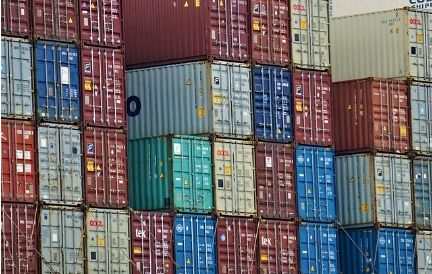What does trade liberalization mean?
What does trade liberalization mean?
Trade liberalization refers to the process of reducing or eliminating barriers to trade between countries. These barriers can take various forms, including tariffs, quotas, and regulations. The ultimate goal of trade liberalization is to promote economic growth and development by facilitating the free flow of goods and services across borders. It is often pursued through bilateral or multilateral trade agreements, such as free trade agreements or membership in international trade organizations like the World Trade Organization (WTO).

What is the meaning of trade liberalization?
Trade liberalization is rooted in the principles of free trade, which advocate for minimal government intervention in trade activities. By removing barriers to trade, countries aim to increase market competition, foster innovation, and enhance efficiency in resource allocation. This process encourages specialization based on comparative advantage, where countries focus on producing goods and services in which they have a lower opportunity cost, leading to overall gains in productivity and economic welfare.
What are the advantages and disadvantages of trade liberalization?
Advantages:
- Economic Growth: Trade liberalization can stimulate economic growth by expanding market access and promoting investment.
- Increased Efficiency: By allowing resources to flow to their most productive uses, trade liberalization enhances overall economic efficiency.
- Consumer Benefits: Consumers can access a wider variety of goods and services at lower prices due to increased competition and specialization.
- Export Opportunities: Trade liberalization provides opportunities for domestic producers to access foreign markets, boosting export revenues and creating jobs.
Disadvantages: - Job Displacement: In the short term, trade liberalization can lead to job losses in industries that cannot compete with foreign producers.
- Income Inequality: Some argue that trade liberalization exacerbates income inequality, as certain sectors and regions may benefit more than others.
- Environmental Concerns: Increased trade can lead to environmental degradation if not accompanied by appropriate regulations and standards.
- Dependency on Global Markets: Overreliance on international trade can make countries vulnerable to external shocks and market fluctuations.
What is the role of trade liberalization?
The role of trade liberalization is multifaceted and extends beyond economic considerations. It fosters closer international cooperation and promotes peace and stability by creating interdependencies between nations. Additionally, trade liberalization can serve as a tool for poverty alleviation and sustainable development by providing opportunities for disadvantaged communities to participate in global trade. Moreover, it enhances the diffusion of technology and knowledge across borders, driving innovation and fostering global prosperity. Overall, trade liberalization plays a crucial role in shaping the interconnected global economy and advancing the collective well-being of nations.
Related articles

 WeChat of CBiBank
WeChat of CBiBank